This delicate and elegant work, painted by CHARLES JUNG signed lower right and dated 1902, captures the singular beauty of thistles with an impressive mastery of the oil on cardboard technique. The painting features two large thistles, placed in a translucent green glass vase. The delicately painted petals, with shades of white and brown, evoke a soft and ethereal texture, contrasting with the dark and robust stems. The neutral background highlights the simplicity and serenity of the thistles, while adding a subtle depth to the composition. The precise brushstrokes and attention to detail show the artist's expertise in rendering natural textures and forms.
31.5 x 23.5 without frame
51 x 43 with frame
The very beautiful antique giltwood frame, made around 1840, is a representative piece of the Louis-Philippe period. Its design combines sobriety and refinement, characteristics of this period marked by a return to softer and more decorative forms after the strict lines of the Empire. The floral motifs on the corners, accompanied by delicate relief moldings and a patinated gold finish, give this frame a timeless elegance. Charles Frédéric Jung Lyon, 1865 - Lyon, 1936 Born July 12, 1865, in Lyon; died in 1936.
Frédéric Charles Jung studied under Jean-Marie Reignier, then under his successor Adolphe Louis Castex-Dégrange, at the École des Beaux-Arts in Lyon from 1882 to 1885. Jung began exhibiting in Lyon in 1886 and in Paris in 1905. He received a gold medal in Lyon in 1908. He signed his works: Jung or C. Jung. Jung specialized in painting decorative still lifes. He is the creator of a still life for the Rhône prefecture and a spring flower decoration for the town hall of the 6th arrondissement of Lyon. Sources: Documentation from the Musée des Beaux-Arts de Lyon, Tomaselli Collection, Bénézit.












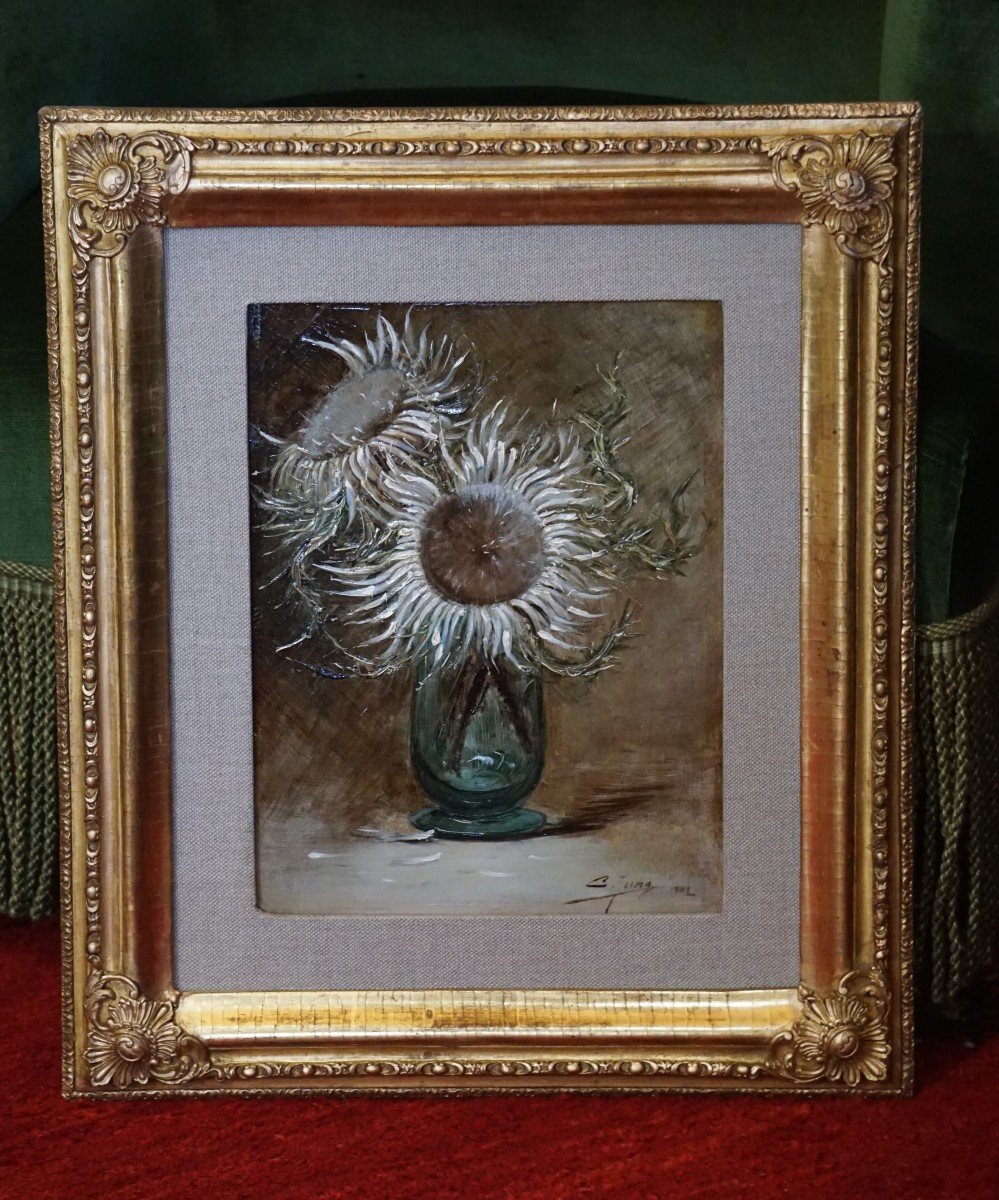




















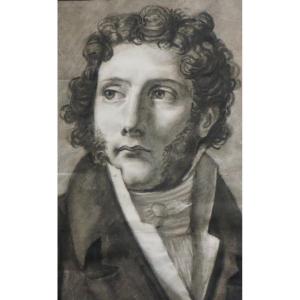
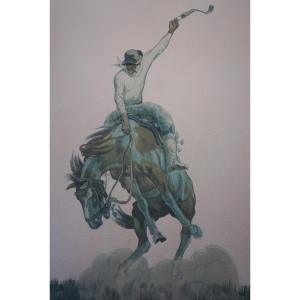
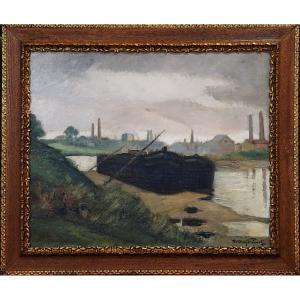

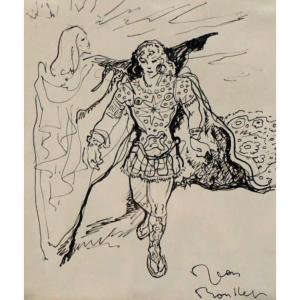
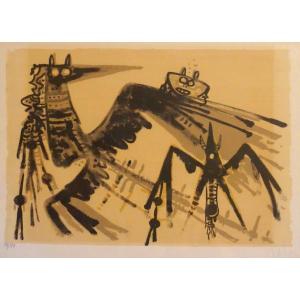
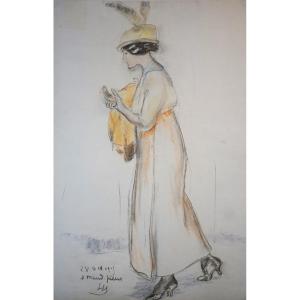
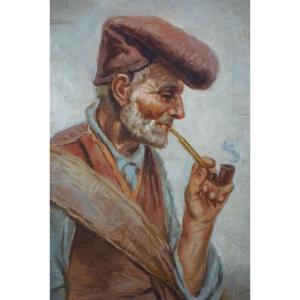
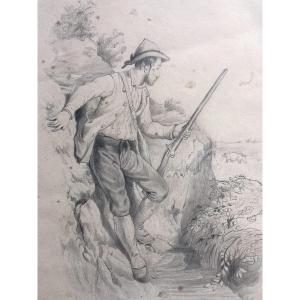



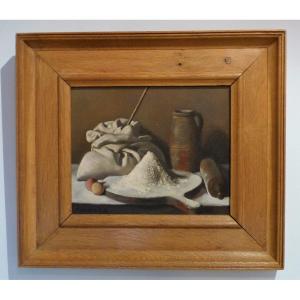




 Le Magazine de PROANTIC
Le Magazine de PROANTIC TRÉSORS Magazine
TRÉSORS Magazine Rivista Artiquariato
Rivista Artiquariato